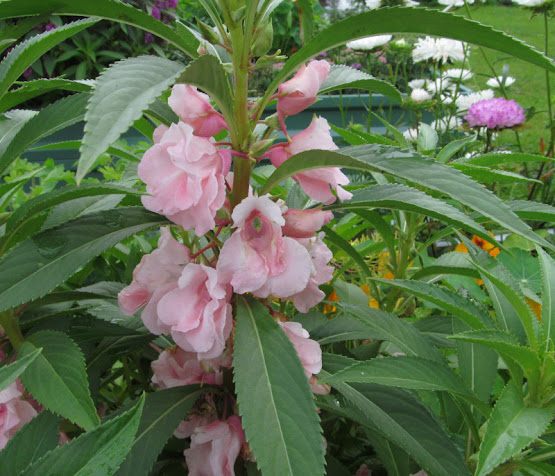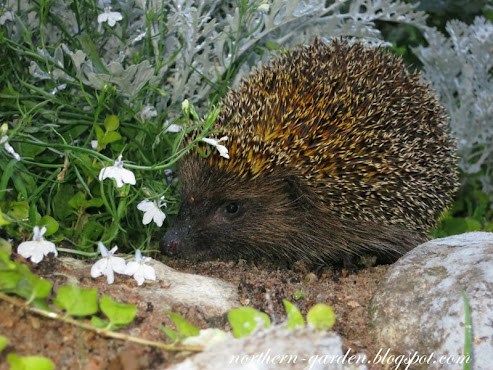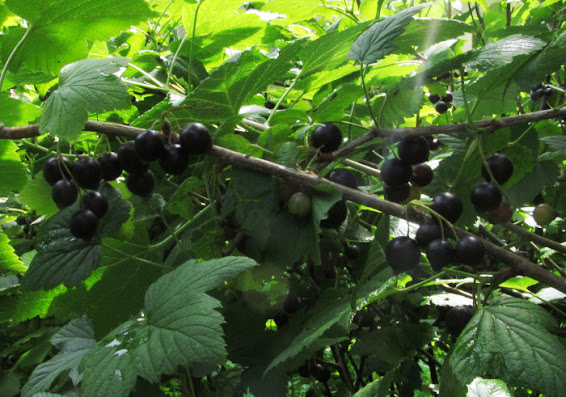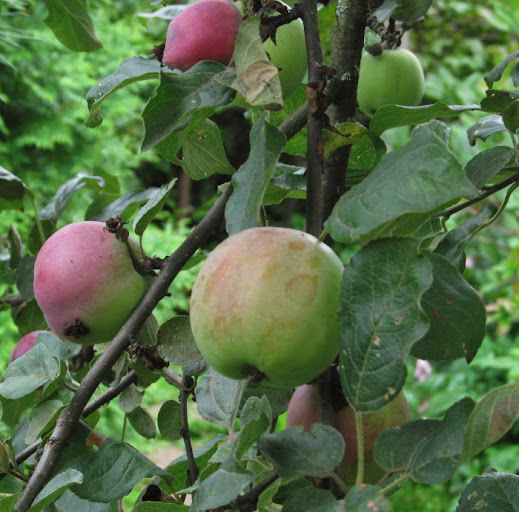A bit of history. Since the 19th century, people have known Impatiens because these unpretentious flowers bloomed on the windowsills of many houses.
Waller's Impatiens, double, Fiesta variety.
Their flowers, towering above the leaves, create the impression of a bouquet.
Fiesta variety
In Russia people
called Waller's Impatiens 'Wet Ivan'. The plant received this name for the
droplets of sugary liquid that protrude at the edge of the leaf.
For abundant and long flowering, the plant received the English name of "Busy Lizzie". The Austrians call it 'Beautiful Viennese girl', comparing a flowering plant with a beautiful girl.
Waller's Impatiens, single, pink
Waller's Impatiens, single, white with red center
Waller's Impatiens' flowers are irregular, red white yellow or bicolor, simple or double. They are single or collected in loose inflorescence. The fruit is a juicy, oblong, multi-seeded capsule that opens with five curling leaves.
Here are Garden Impatiens or Balsamina Impatiens, or touch-me-not. An erect annual plant of a pyramidal or spherical shape, up to 70 cm in height.
Stems are branched, break easily. The flowers are large, irregular, simple or double, from white to purple.
Impatiens New Guinea, they have large flowers of various colors that bloom throughout the year - white, red of various shades, lilac, pink. Leaves of intense color from bronze to bright green.
Have you ever grown the Impatiens in your garden? What's your experience?








































